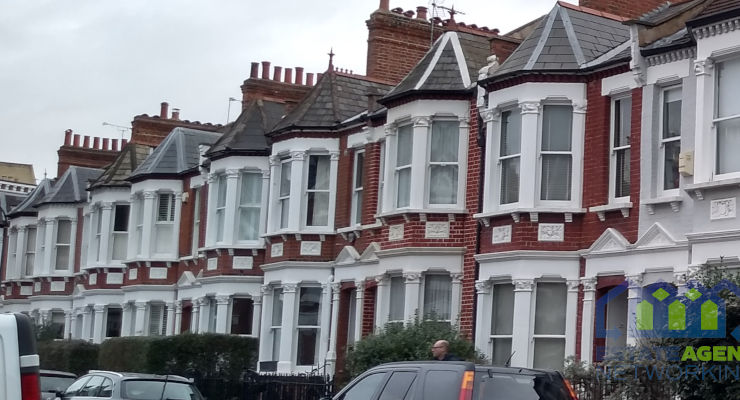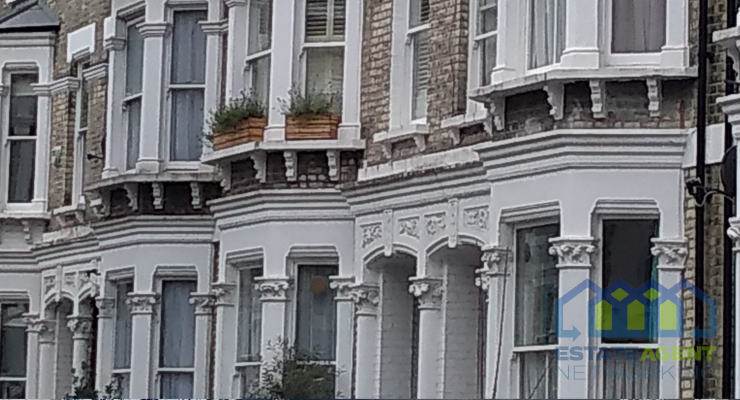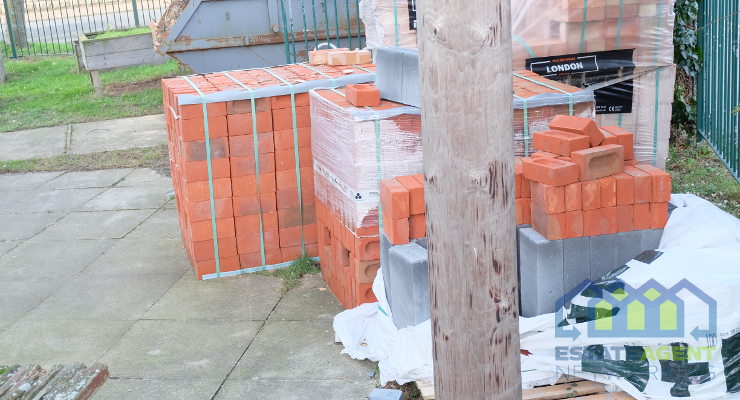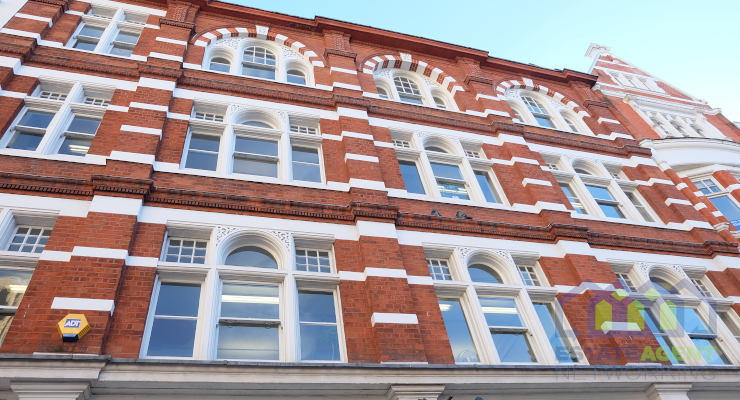Crime pays for buy-to-let landlords but here are the safest yield hotspots for B2L peace of mind
Research by the national lettings platform, Howsy, has looked at how crime rates impact rental yields and where offers the best buy-to-let investment with the highest return and the lowest propensity for crime.
Howsy looked at government data on population figures by local authority, the level of crime in these areas, the average house price, rental costs, and the resulting rental yields to see how crime and buy-to-let profitability correlates.
With greater demand and higher rental prices often found in larger urban hubs, the data shows that the average rental yield actually increases as the level of crime does.
In the lowest threshold between 0 and 40 crimes per thousand people where there is an average of 34 crimes per thousand of the population, the average rental yield sits at 3.58%.
Between the threshold of 60-80 crimes per thousand people, this increases to 3.77% and in the highest category of 100 or more crimes per thousand people with an average of 123 crimes committed per thousand people, rental yields are at their highest – 4.38%.
But a higher likelihood of crime can cause landlords headaches, whether it be through burglary and damage to their property from an external source or the unlucky instance that their tenant is a criminal and causes this damage themselves or fails to pay the rent. The worst-case scenario is a buy-to-let property doubling as a drug den, grow house or brothel and this can have a serious impact on the financial income of a landlord.
So for those looking to invest with greater peace of mind without sacrificing a return on their investment, here are the best places to do it.
In the lowest crime category of 0-40, Merthyr Tydfil is home to the highest yields. With an average house price of £102,713 and an average monthly rent of £472, landlords can expect yields of 5.52% with the lowest chance of crime impacting their investment.
Staying in Wales, Rhondda Cynon Taff is the second safest investment with yields of 4.50%. North East Derbyshire ranks third (3.84%), followed by North Kesteven (3.75%), West Oxfordshire (3.67%), Wealden (3.64%), East Cambridgeshire (3.60%), Rutland (3.52%), Broadland (3.32%) and South Norfolk (3.30%).
Founder and CEO of Howsy, Calum Brannan, commented:
“Financial gain is understandably the driving factor in any buy-to-let investment but money isn’t everything and there have been numerous horror stories of rental properties being misused and mistreated for criminal gain or just flat out burgled causing a great deal of damage in the process.
This is a nightmare scenario for a buy-to-let landlord and as many don’t live close to their property, it means a lot of time and money spent to rectify the situation. This all eats into the profitability of your investment and can even result in a landlord selling up and exiting the sector altogether.
So when looking to invest, it’s smart to consider the additional factors that can impact your property and not just the top line return.”
|
Categories – crime rate vs average rental yield
|
||
|
Crime rate category (per thousand)
|
Average crime rate (per thousand)
|
Average Rental Yield %
|
|
0-40
|
34.02
|
3.58%
|
|
40-60
|
52.05
|
3.55%
|
|
60-80
|
68.91
|
3.77%
|
|
80-100
|
89.20
|
4.20%
|
|
100+
|
123.20
|
4.38%
|
|
All categories
|
76.39
|
3.91%
|
|
Ranking – by highest average rental yield in the lowest crime category
|
|
|
Location
|
Average Rental Yield %
|
|
Merthyr Tydfil
|
5.52%
|
|
Rhondda Cynon Taf
|
4.50%
|
|
North East Derbyshire
|
3.84%
|
|
North Kesteven
|
3.75%
|
|
West Oxfordshire
|
3.67%
|
|
Wealden
|
3.64%
|
|
East Cambridgeshire
|
3.60%
|
|
Rutland
|
3.52%
|
|
Broadland
|
3.32%
|
|
South Norfolk
|
3.30%
|
|
Sources:
|
||
|
Population (Local Authority)
|
ONS
|
|
|
Crime data
|
||
|
Ave House Price
|
Gov / LandReg
|
|
|
Ave Private Rent
|
Gov – Eng
|
|
|
Gov – Wales
|
||









